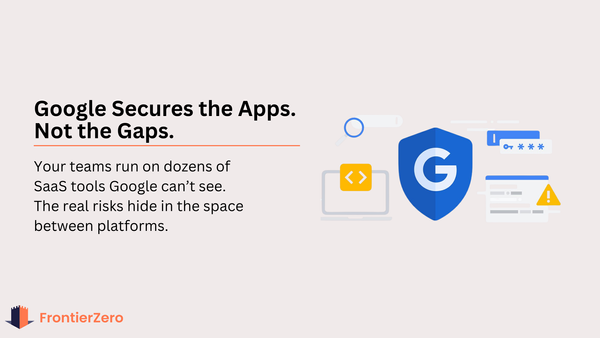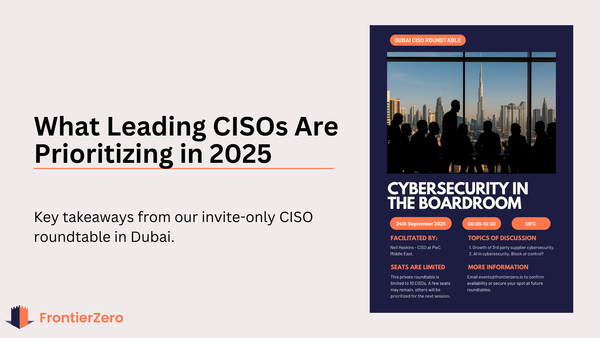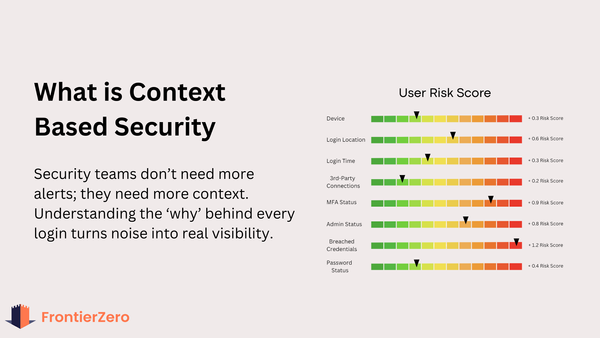SSPM vs. CASB: Which Solution is Right for Your SaaS Security Strategy?
CASB controls cloud access. SSPM secures SaaS apps with continuous monitoring and automated fixes. Which one fits your security needs? Discover the key differences and why SSPM is becoming the go-to solution for modern cloud environments.

Introduction
Securing your cloud environment isn’t just about setting up firewalls anymore. With the rapid shift to SaaS applications and cloud-based tools, businesses need real-time visibility and control over what’s happening across their digital infrastructure.
That’s where CASB (Cloud Access Security Broker) and SSPM (SaaS Security Posture Management) come in.
At first glance, they seem similar—they both aim to protect cloud applications. But the difference lies in what they secure and how they do it:
- CASB focuses on enforcing access controls and policies at the perimeter—like a security checkpoint at the entrance of a building. It helps companies manage shadow IT and secure data movement between users and cloud applications.
- SSPM, on the other hand, is built for the modern SaaS-first world, providing continuous monitoring, security automation, and deep visibility inside the apps your employees are using daily.
In this guide, we’ll break down SSPM vs. CASB, their key differences, and when organizations should consider one over the other—or even a combination of both.
SSPM vs CASB: Feature Comparison
What is CASB?
CASBs act as security policy enforcement points between users and cloud services. Traditionally, they functioned as a security gateway, ensuring protection through:
- Access Control – Determines who can log in, from where, and under what conditions.
- Data Protection – Implements encryption, data loss prevention (DLP), and information rights management (IRM).
- Threat Detection – Monitors for unusual behavior, compromised credentials, and malware.
- Compliance Enforcement – Helps organizations align with regulatory requirements.
CASB Deployment Models
- API-based CASB – Integrates with SaaS applications to provide deeper security insights.
- Forward Proxy CASB – Intercepts and monitors user traffic to cloud applications.
- Reverse Proxy CASB – Redirects application traffic to enforce security policies dynamically.
- Agent-Based CASB – Uses endpoint agents to enforce security policies at the device level.
CASB Limitations
- Limited SaaS Application Visibility – CASBs see what passes through them, but shadow IT apps and direct integrations often go unnoticed.
- Complex Setup & Management – Deployment can be time-consuming and resource-intensive.
- Focuses on Perimeter Security – Primarily controls access, not ongoing SaaS misconfigurations.
What is SSPM?
SSPM is purpose-built for SaaS security, ensuring that applications are properly configured and monitored in real-timereal-time. Unlike CASBs, which focus on securing data movement, SSPM safeguards the applications themselves.
Key SSPM Features
- Continuous Security Monitoring – Detects misconfigurations, risky permissions, and compliance violations in real time.
- SaaS Inventory & Shadow IT Discovery – Provides visibility into all connected SaaS applications.
- User & Permission Management – Enforces least privilege access and flags excessive permissions.
- Misconfiguration Remediation – Automates security fixes, such as enforcing MFA or disabling inactive accounts.
- Compliance & Risk Assessments – Helps organizations meet standards like ISO 27001, GDPR, SOC 2, and NIST 800-53.
SSPM Limitations
- Does Not Control Cloud Traffic – Unlike CASBs, SSPM does not act as a gateway or block unauthorized access in real-time.
- Limited to SaaS Security – SSPM focuses on SaaS apps and doesn’t cover IaaS or PaaS (e.g., AWS, Azure, GCP)—unless paired with a CSPM solution for full cloud visibility.
SSPM vs. CASB: Key Technical Differences
Why SSPM is the Future of SaaS Security
CASBs were designed for an era where organizations controlled all cloud traffic through a centralized security perimeter. But today’s SaaS tools operate beyond this model, making CASBs less effective at addressing SaaS-specific risks.
Here’s why SSPM is becoming the go-to solution for SaaS security:
✅ CASBs do not cover SaaS misconfigurations, orphaned accounts, or shadow IT risks, leaving major security gaps.
✅ SSPM provides deep visibility into SaaS integrations, permissions, and security settings—something CASBs simply can’t do.
✅ SSPM continuously enforces compliance at the SaaS level, ensuring security policies remain intact over time.
✅ SSPM enables automated remediation, fixing security misconfigurations before they become critical risks.
✅ SSPM reduces manual workload for security teams, streamlining SaaS security management with real-time insights.
As SaaS adoption grows, organizations must prioritize SaaS-specific security solutions like SSPM to maintain a strong security posture
Should You Use CASB and SSPM Together?
Some organizations benefit from using both CASB and SSPM for a comprehensive cloud security strategy:
- Use CASB for real-time access control, threat prevention, and data encryption.
- Use SSPM for deep SaaS security monitoring, compliance, and misconfiguration detection.
By combining CASB and SSPM, companies can achieve end-to-end cloud security, ensuring both real-time data protection and long-term SaaS security posture management.
Final Thoughts
Choosing between SSPM vs. CASB depends on your organization’s security needs:
- Need to enforce access control and prevent unauthorized cloud usage? → CASB
- Need continuous monitoring and automated security for SaaS apps? → SSPM
- Want a complete security solution for cloud & SaaS security? → Use both
As SaaS environments grow more complex, visibility is no longer optional—it’s essential. SSPM is a modern solution designed specifically to secure today’s cloud-first world.




